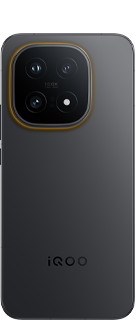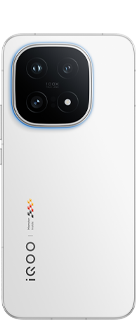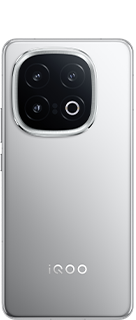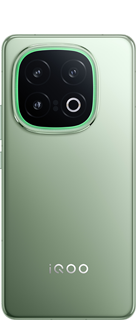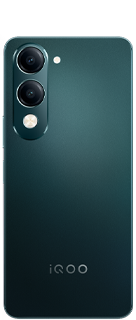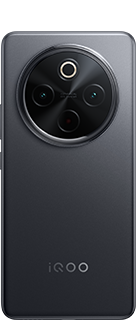MAD: Designing and Creating Applications for Android Devices
Designing and creating Android applications can be a complex process, but there are some basic steps you can follow to get started:

Determine the purpose and scope of your application. What problem is your app solving, and who is your target audience?
First, get it out of your head that your mobile app is meant for everyone. You will never be able to please everyone. Its simply impossible. Groups of people have different needs and interests. Groups of people are living in different stages of life.
Without a target audience, you're left with no guidelines for design, development and marketing.
You should spend your limited time and resources on people who will actually install, enjoy and continue using your app.
Plan out the features and functionality of your app.
Make a list of the features you want to include, such as user registration, login, and social sharing.
By definition, a feature set is a high-level description of the functionalities that you want to include in an app. It is an amount of information that proves or suggests that certain features are necessary to solve the user's problem.
Create a wireframe or prototype of your app.
A wireframe is a visual representation of your app's layout and functionality, and can help you visualize how your app will look and work.
The 6 best wireframe tools
- Sketc for detailed, vector-based design
- Adobe XD for beginners
- Figma for a free wireframe app
- UXPin for handing off design documentation to developers
- MockFlow for project organization
- Justinmind for interactive wireframes
Choose a development platform and programming language.
Android applications are typically developed using Java or Kotlin, and you can use Android Studio, Eclipse, or other integrated development environments (IDEs) to create your app.
Develop your app's user interface (UI) and backend functionality.
This involves designing the visual elements of your app and implementing the functionality that supports them.
Test and debug your app.
Test your app thoroughly to ensure that it works as intended, and use debugging tools to identify and fix any errors.
Publish your app on the Google Play Store.
Follow Google's guidelines and best practices for app publishing, and make sure that your app is optimized for search and discoverability.
Monitor and update your app regularly.
Monitor user feedback and analytics to identify areas for improvement, and release regular updates to improve your app's performance and features.
Overall, designing and creating Android applications requires a mix of technical expertise, creativity, and attention to detail. With the right tools and approach, however, anyone can learn how to create successful and engaging Android apps.
Signing Off
Aojesh (Moderator)
Please sign in
Login and share
